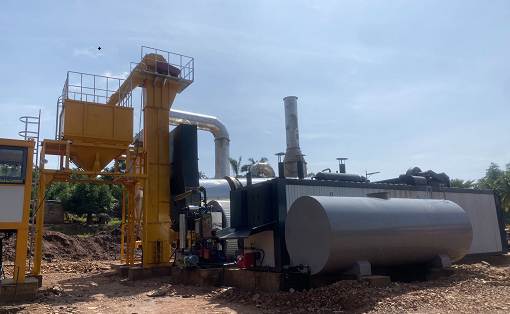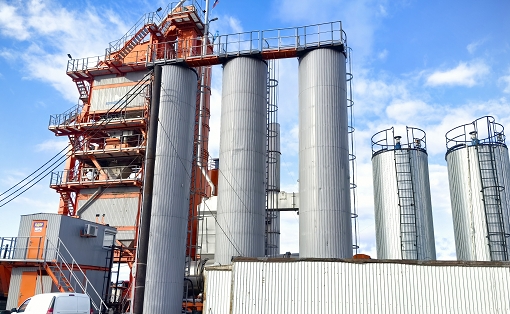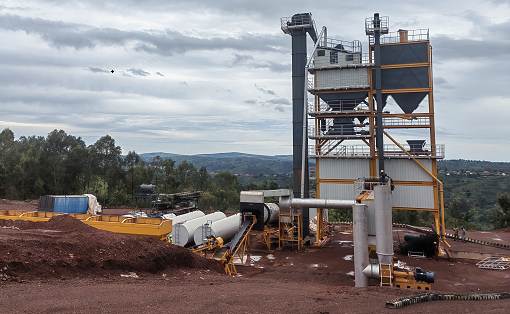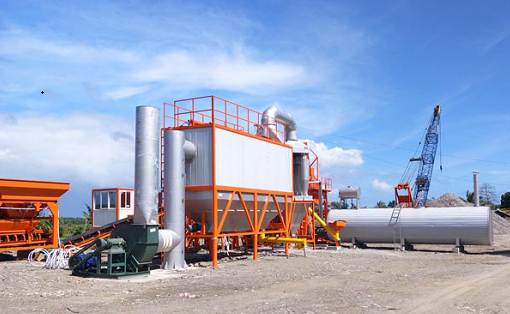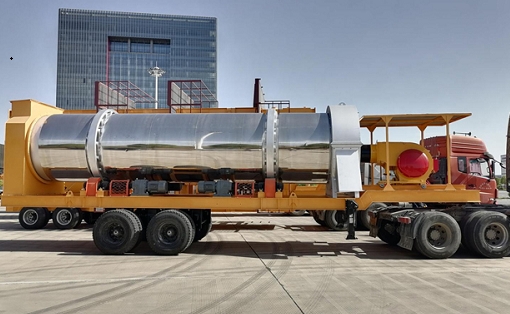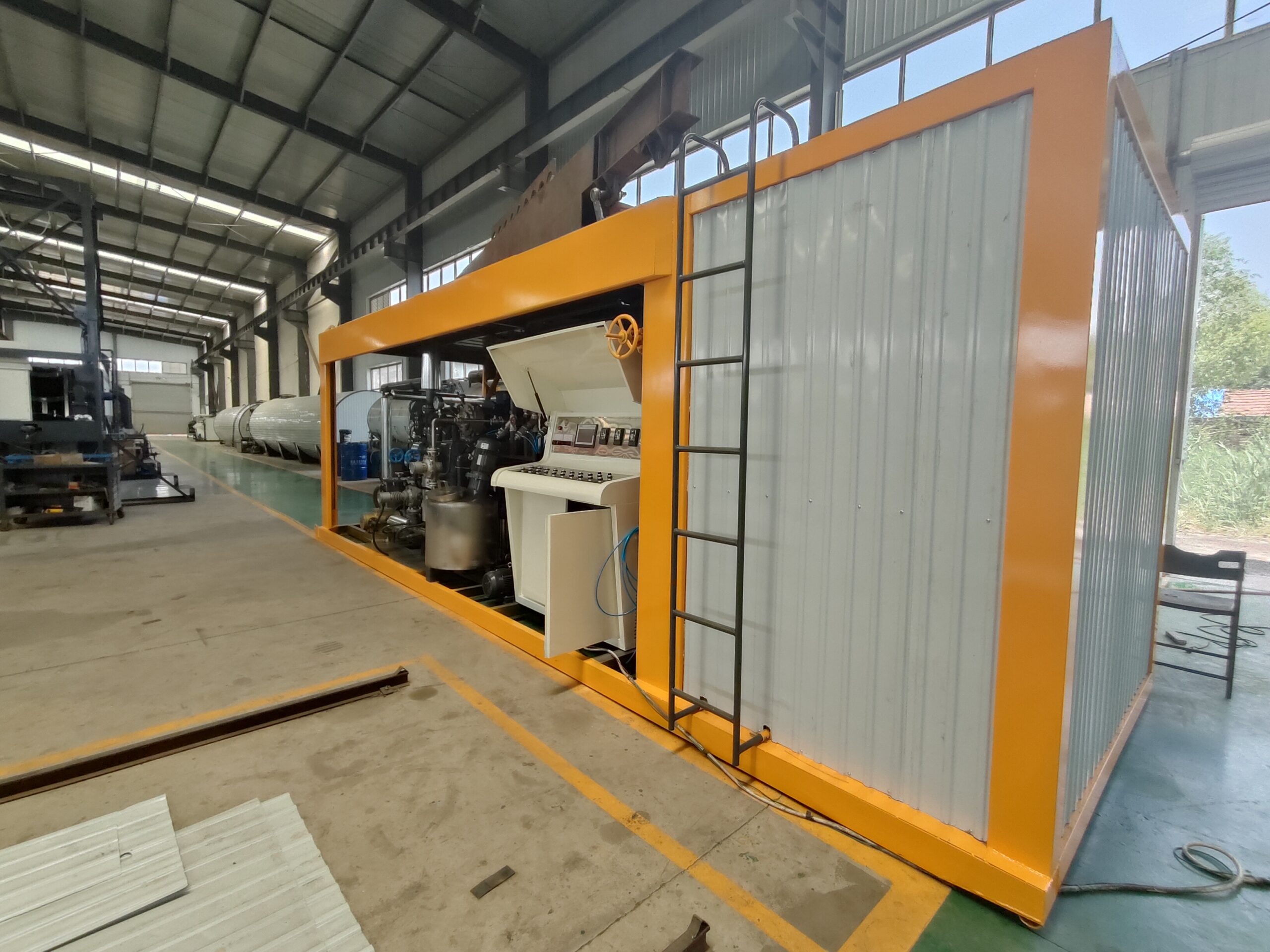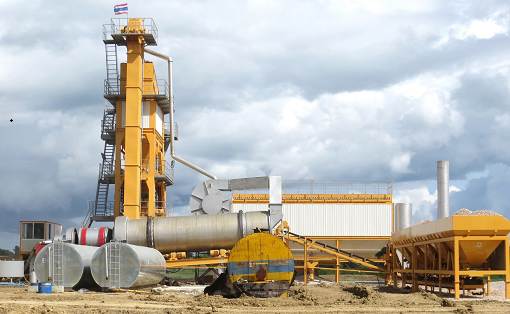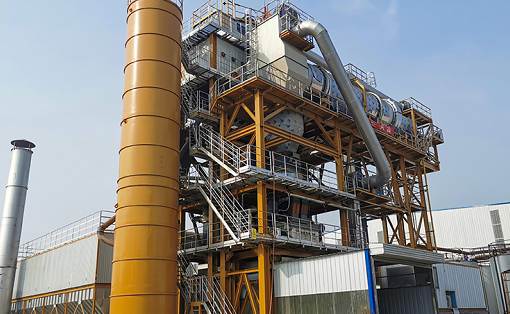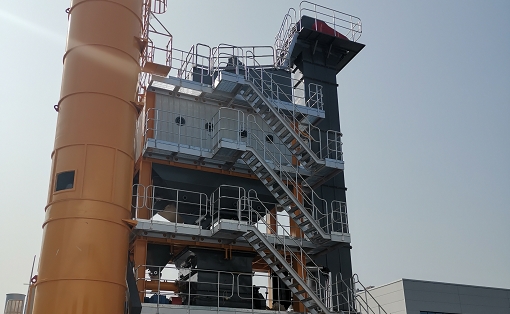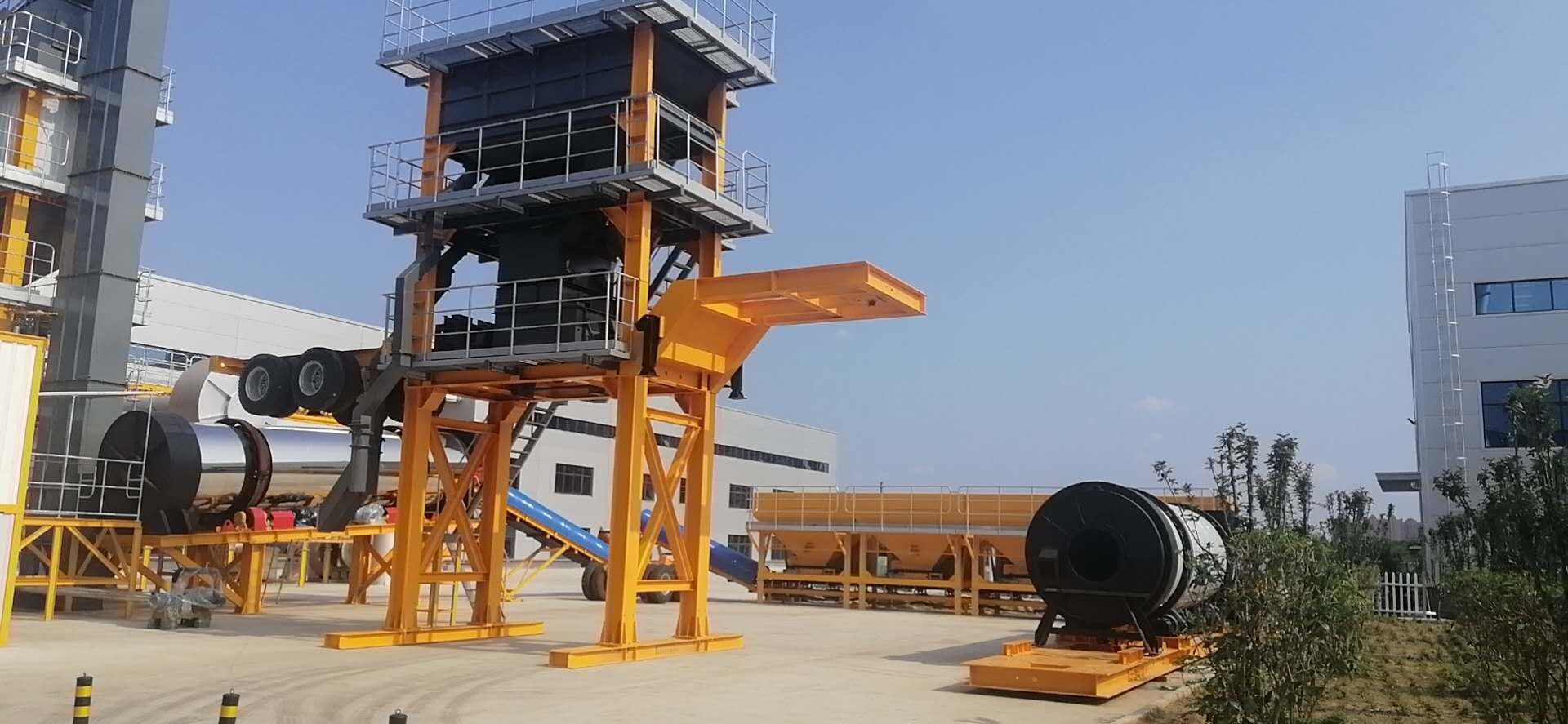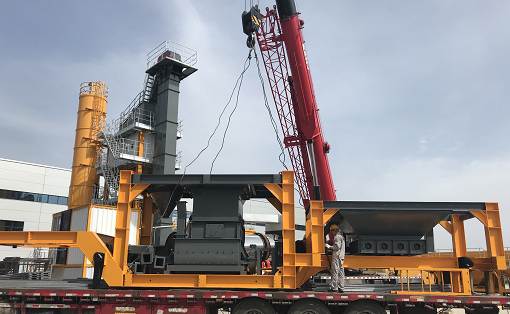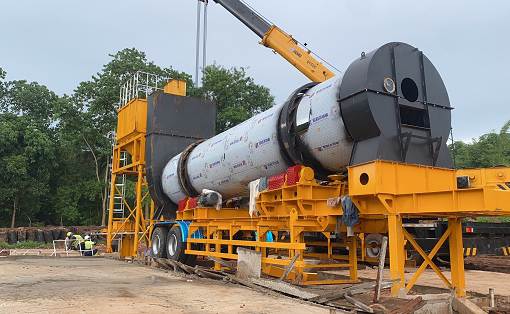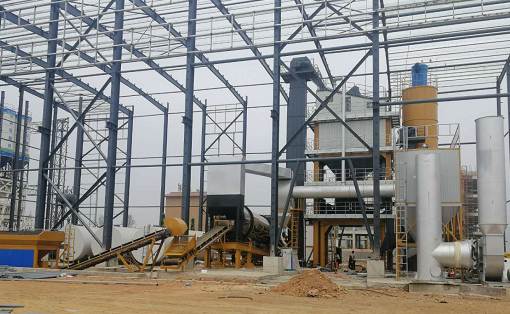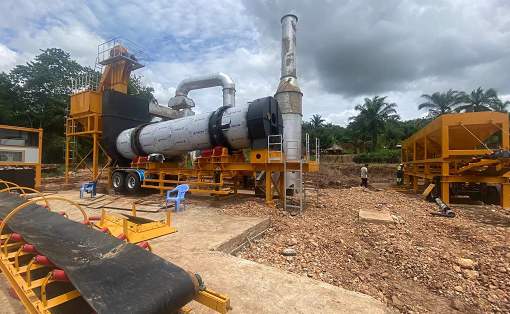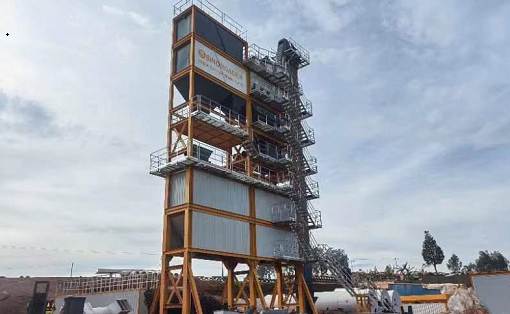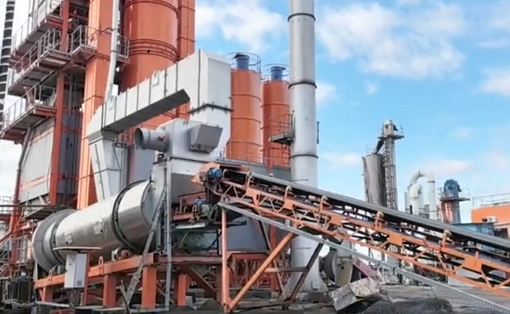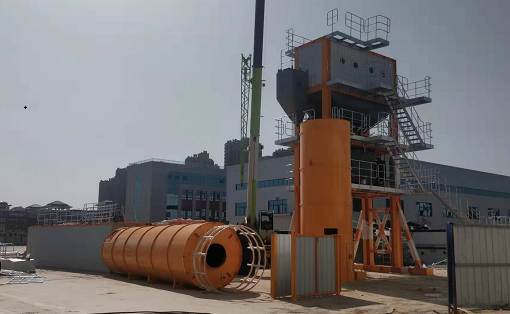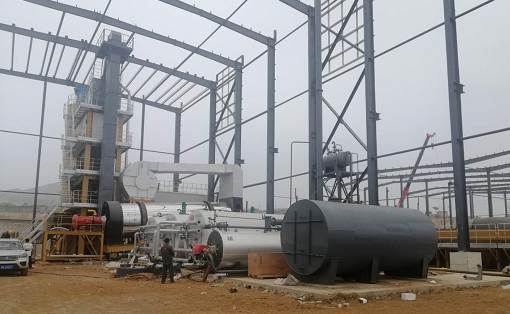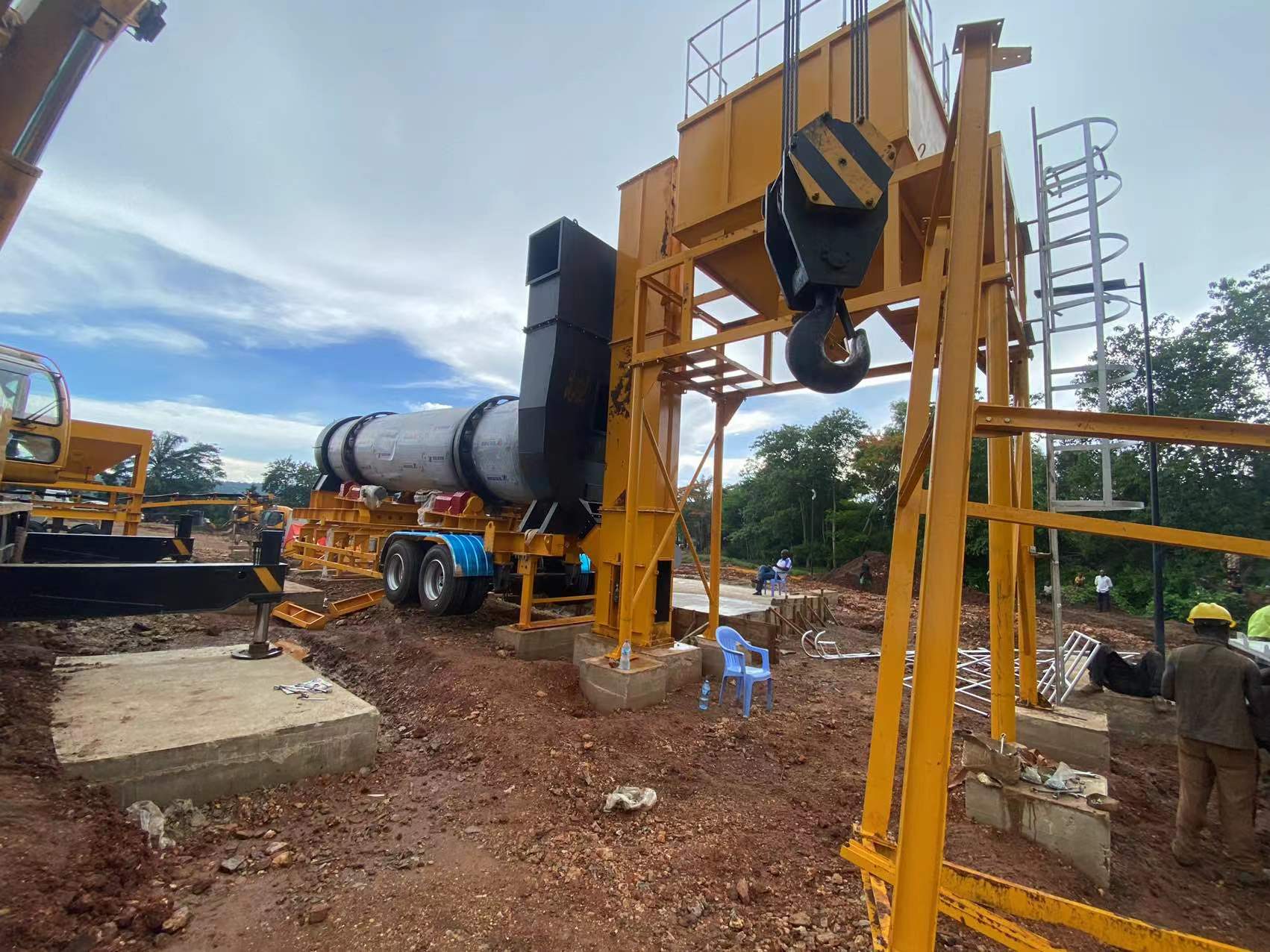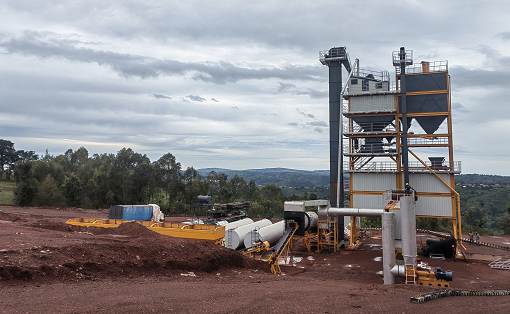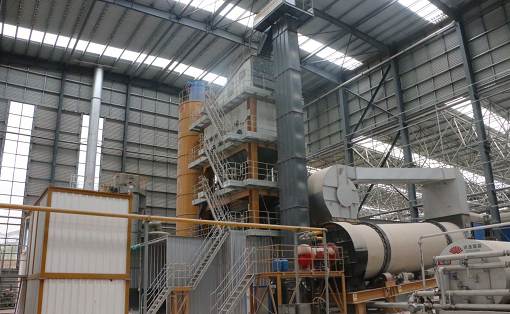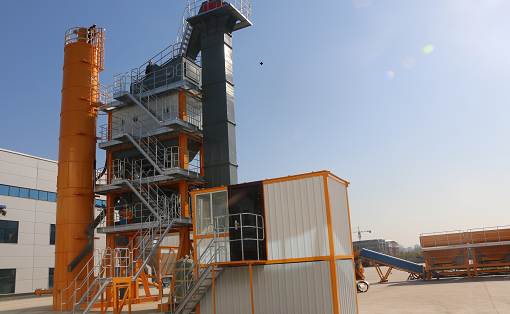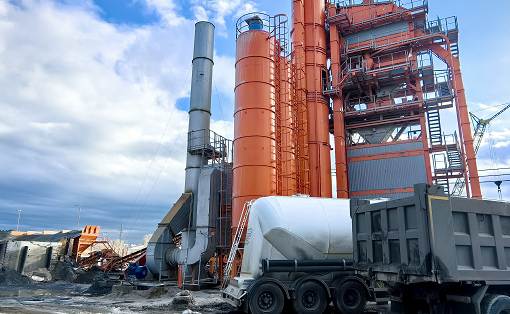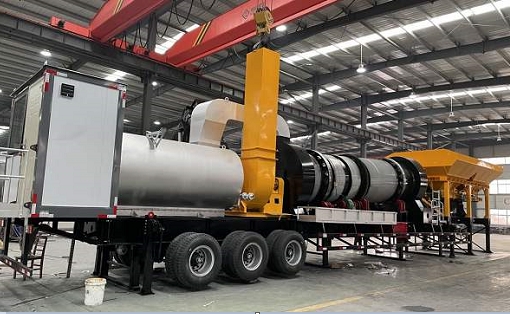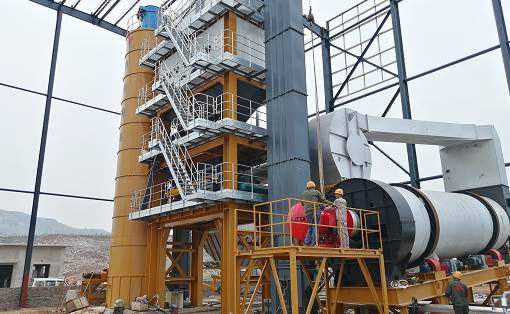How to accurately measure the mixing power of asphalt mixing plant
The mixing speed of asphalt mixing plant equipment is indeed very fast, and the corresponding mixing power must be very high, but the specific amount must be measured in a certain way to determine the scope of use of asphalt mixing equipment. There are many methods to measure the mixing power of asphalt mixing equipment, but the relatively small errors are the motor counter-torque measurement method and the strain measurement method.
When the motor of the asphalt mixing equipment starts running, the electromagnetic moment acting on the motor rotor and the electromagnetic moment acting on the motor stator are equal, but their directions are opposite. Therefore, as long as the torque acting on the stator is measured, the torque on the rotor can be obtained, and the actual mixing torque is obtained after deducting the friction torque on the rotor bearing.
On the premise of knowing the torque and mixing speed, the mixing power of the asphalt mixing equipment can be calculated. This is the so-called motor counter-torque measurement method, which is relatively simple and suitable for smaller mixing systems.
The mixing speed of asphalt mixing plant equipment is indeed very fast, and the corresponding mixing power must be very high, but the specific amount must be measured in a certain way to determine the scope of use of asphalt mixing equipment. There are many methods to measure the mixing power of asphalt mixing equipment, but the relatively small errors are the motor counter-torque measurement method and the strain measurement method.
When the motor of the asphalt mixing equipment starts running, the electromagnetic moment acting on the motor rotor and the electromagnetic moment acting on the motor stator are equal, but their directions are opposite. Therefore, as long as the torque acting on the stator is measured, the torque on the rotor can be obtained, and the actual mixing torque is obtained after deducting the friction torque on the rotor bearing.
On the premise of knowing the torque and mixing speed, the mixing power of the asphalt mixing equipment can be calculated. This is the so-called motor counter-torque measurement method, which is relatively simple and suitable for smaller mixing systems.
It should be noted that the torque of the mixing shaft of the asphalt mixing equipment is proportional to its shear strain, so as long as the shear strain on the outer surface of the mixing shaft is measured, the torque can be calculated. This method is suitable for measuring mixing systems with larger power.
When measuring specifically, it is necessary to first symmetrically paste 4 pieces of resistance wire strain gauges on the stirring shaft at a direction of 45° to the axis, and make them form an electric bridge. When the stirring shaft of the asphalt mixing equipment undergoes shear deformation under the action of torque, the length and cross-section of the resistance wire on the strain gauge also change accordingly.
This change will cause the resistance value of the resistance wire to change, destroying the balance of the bridge, and at the same time, it will generate a voltage signal that is linearly related to the shear strain. This voltage signal is amplified by the dynamic resistance strain gauge and input into the recorder, and the shear strain change data can be read.
According to the conversion relationship between torque and shear strain, the torque value of the stirring shaft can be easily obtained after data processing, and then the friction torque of the seal, bearing, etc. measured by the no-load experiment is deducted, which is the actual torque consumed by the asphalt mixing equipment during the mixing process.

